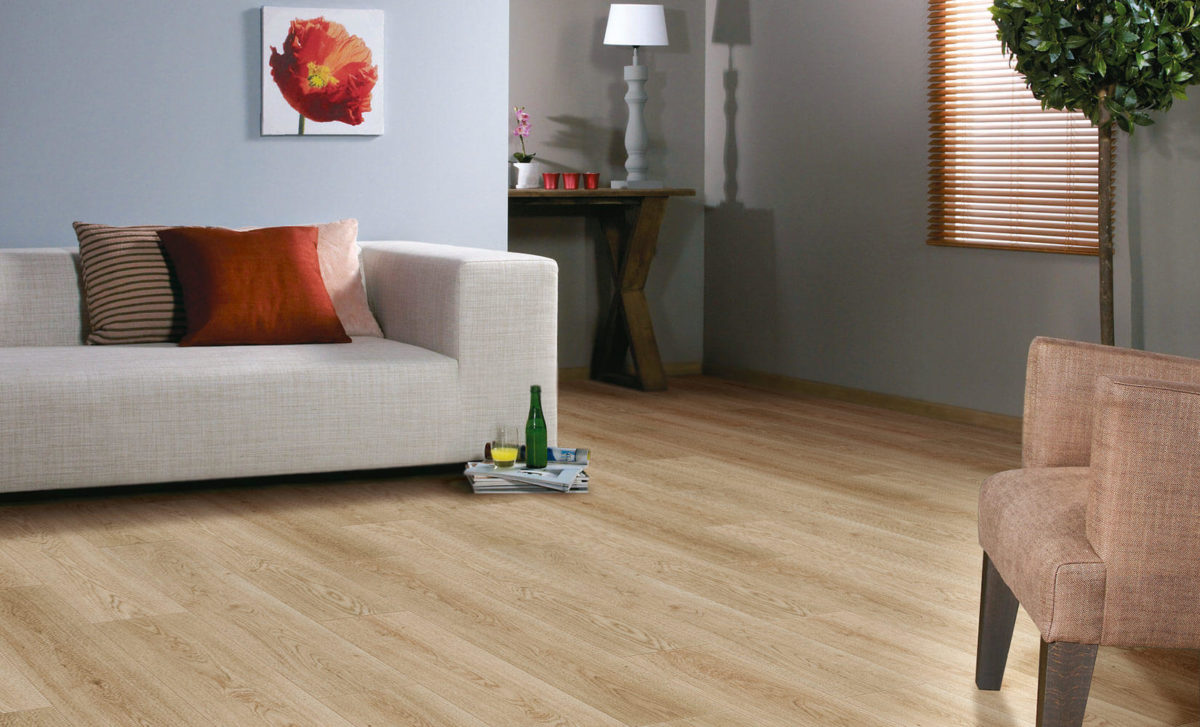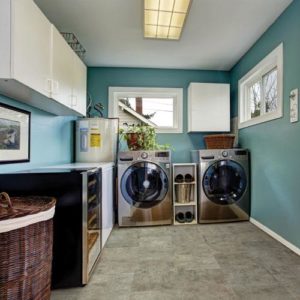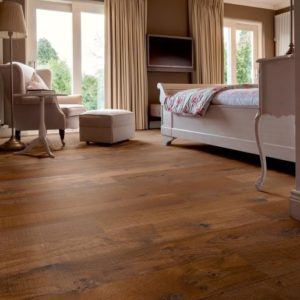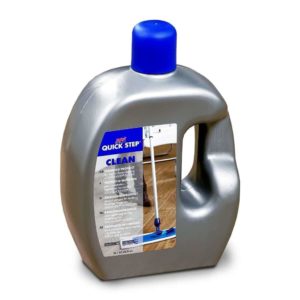Floors need to be installed correctly and then looked after in order for them to stay looking great for years to come. Whether you’re installing flooring at a residential or commercial property, you have to take care that everything is completed correctly. Below, we will go through a couple of flooring types as well as what to do before and after the installation to keep each type of floor looking great.
Flooring Types
Vinyl
Vinyl has increased in popularity over the last few decades. It’s designed to imitate the appearance of either wood or stone, but is made of plastic. This means it’s significantly more waterproof than alternative forms of flooring. It’s ideal for installing in bathrooms, kitchens or utility rooms – any spaces that often come into contact with moisture. Why not explore some of our vinyl such as Malmo Rigid flooring?
Ensure that the subfloor is completely level before installing luxury vinyl tiles (LVT) and choose the correct glue for your requirements. For example, if you’re installing vinyl in your conservatory or with an underfloor heating system, choose a glue that can handle more extreme changes in temperature.
Once it’s installed, keep the vinyl clean by sweeping regularly, which reduces the risk of scratches. Remember that although the vinyl is completely waterproof, the glue isn’t. Try to mop up spills or splashes when they happen.
Engineered Wood
Engineered wood flooring is a fantastic alternative to solid wood flooring. It looks as authentic as the more traditional form, but comes with a range of benefits such as greater moisture resistance and resistance to changes in temperature. It’s also more affordable than solid wood.
There are a variety of different methods by which to install engineered wood flooring, such as a floating floor or by using glue. Whatever method, ensure your subfloor is as even as possible and is clean and clear.
After installation, keep your engineered wood floor looking great by sweeping it regularly. This will help to remove grit and dirt that could scratch the floor. We would recommend using a door mat at your entrance point to reduce the grit that comes into contact with the floor. You might also want to consider using mats or rugs in places that get a lot of foot traffic, or adding soft pads to the bottoms of your chairs legs. Also be sure to clean up any spills as they happen.
Laminate
Laminate flooring is another popular form of hardwood flooring. It’s cheaper than many alternative options, but looks great! Developments in technology mean that today there are more variations of laminate than ever, including waterproof laminate flooring, for example.
Before installing laminate flooring, check that your subfloor is appropriate for the flooring you have selected. You may need to use an underlay, depending on your variety of flooring. Damp membrane underlays help to protect the laminate from moisture that may rise up from the subfloor. This is particularly great for concrete subfloors.
Following installation, sweep your floor regularly to remove dust and grit. You should also mop the floor using a specialist laminate cleaning solution, rather than water, to keep it looking fantastic.
Tile
Tile flooring is one of the most long-lasting flooring types available on the market. However, to make sure the tiles stick to the surface properly then you must take great care before installation, that way you can be assured they’ll last for a long time. If the tiles are not installed properly, they won’t hold up for long and the chances are they will come loose and break.
Before you install tile flooring, you need to level the surface. Uneven surfaces will not hold tiles for long. Make use of mortar so that your surface is properly levelled.
Once the tiles are installed, you need to keep them clean. Sweep the floor daily if possible to prevent the build up of dust, particularly in the grouting. Mop regularly with water and detergent to keep its shine intact.
Carpet
This is one of the most common kinds of flooring adopted by people all over the world. As carpet is soft, resilient and comfortable, people tend to go for this flooring when they want to use their floor for sitting on. It can also add an additional feel of warmth and comfort, due to the textures of the flooring.
Before you lay carpet, it is important that you clean the surface area and keep it clear for the installation. This could include moving everything out of the room and making sure that there are no irregularities on the floor such as bumps or dips.
Once the carpet is installed, it is important that you take care of it properly. Ideally, vacuum it every day so that dust doesn’t accumulate. You can also shampoo the carpet as and when required to remove stains or marks. You should take other steps that the professional installing your flooring may suggest.
To discover a fantastic range of flooring, explore Flooring Village’s website. We have loads of flooring options for every home!



